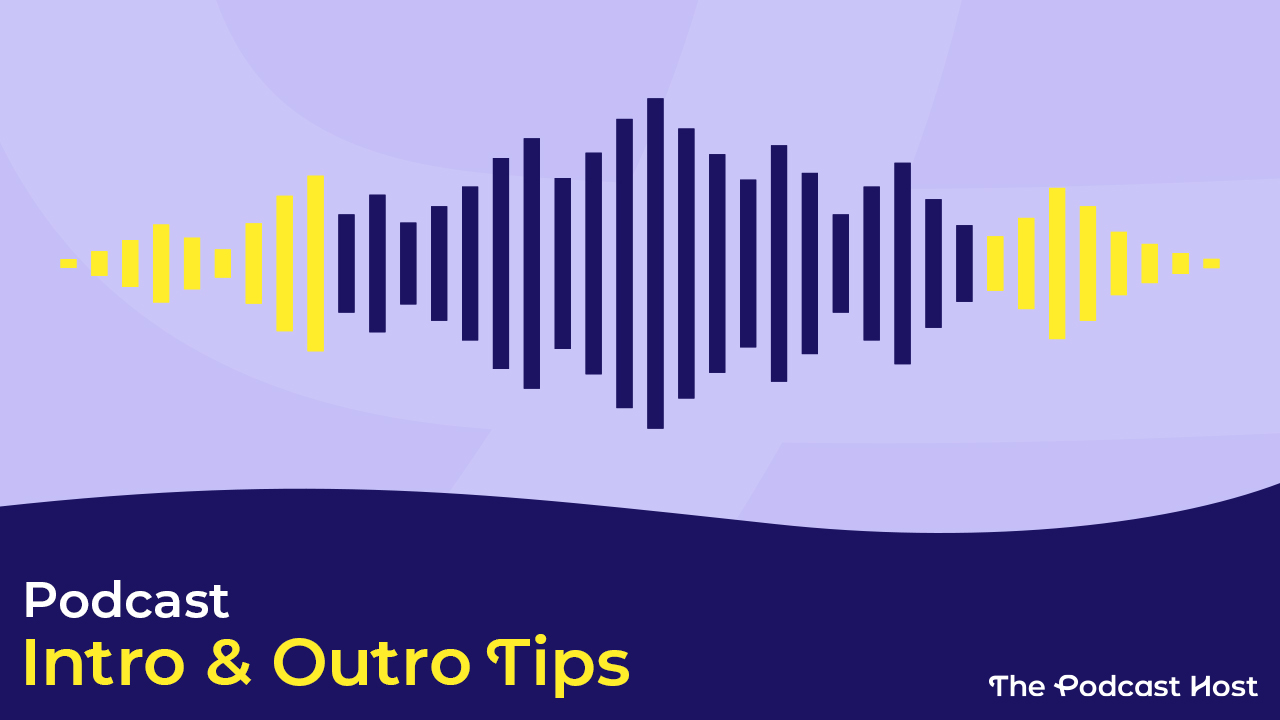Podcast Calls to Action That *Actually* Work: Tips & Techniques
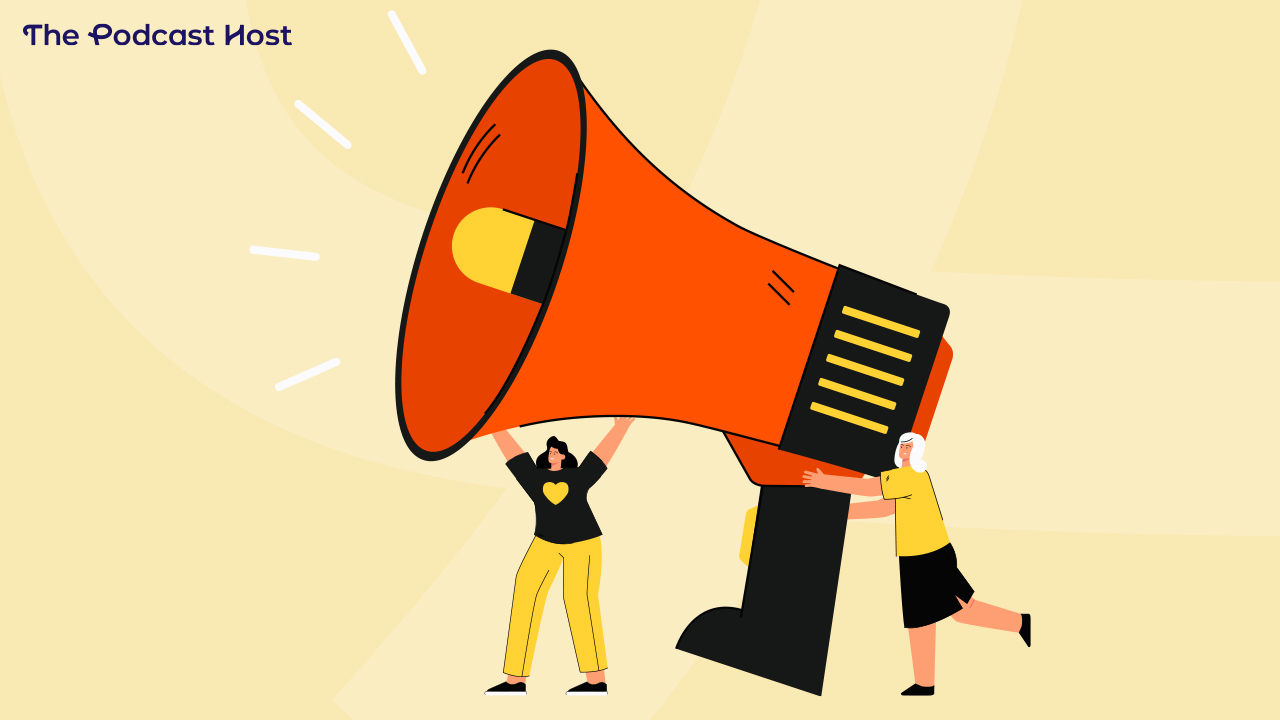
Have you ever heard of Peak End theory? If so, you’ll know that it claims we remember events or occasions based on two things: their peaks, and their ends. As podcast calls to action (CTAs) happen at the end of our episodes, you can see why this is important.
But many podcasters are complacent here. It’s easy to imitate YouTubers’ ubiquitous litany of “don’t forget to like and subscribe” or the old chestnut, “leave us a review on iTunes.” When you take time to make a good podcast call to action, you can be specific about your show’s impact with more predictable results.
What is a Podcast Call to Action?
Exactly what it says on the tin. A call to action is when you ask your audience to do something. For example:
- share the podcast episode with a friend,
- review the show on Apple Podcasts or Podchaser
- visit the podcast’s website, crowdfunding page, or social media content
- click on a link in the show notes
- And so much more!
If it feels like your audience isn’t getting in touch or your growth is stuck, your podcast’s call to action is one of the parts where it’s easy for you to do something about it.
Types of Podcast CTA
Over time, your podcast will need to do different things. Some of your podcast’s goals don’t change, and some do. As a result, you’ll need to have different kinds of podcast calls to action and treat them differently.
Primary Podcast CTA
These are your podcast’s goals that are a constant factor. If your podcast were a car, this would be its fuel. These CTAs are straightforward and easily repeated. You want your audience to:
- share your show with a friend
- return for the next episode
- check out your podcast website for more information
- contact you with questions, ideas, or feedback
- review your show on their listening app of choice
- follow or subscribe on their listening app of choice
Yes, this is a more complex way of saying, “hit like and subscribe,” “review us on iTunes,” or “Don’t forget to smash that notification bell” (Honestly, what’s with the hitting and smashing?).
These podcast CTAs are practical. They include people who may use different podcast-listening apps. Ultimately, you want them to return for more and bring a friend.
You should mention your primary podcast CTA in every episode’s intro and your outro (or coda, ending, wrap-up, whatever the kids are calling it these days). Don’t take it for granted or let it become stale. Let repetition, like water droplets on a stone, make the difference.

Secondary Podcast CTA
As time goes by, you’ll have short-term podcast goals. Maybe you want to get your audience to take a survey, raise money for a charity, or buy some merch. Those goals are finite, and they’ll vary.
The secondary podcast CTA doesn’t benefit from long-term repetition, like the primary one does. You may only repeat this for three or four episodes. So, you have to dazzle with this one a bit more.
Script the bullet points of your secondary podcast CTA. If you want, you can record it as a separate audio file. Then, insert it in the editing stage, or if your media hosting service allows for dynamic content insertion, you can use it there. Or, you can just read it as you record your episode. Make sure your CTA mentions any relevant dates, such as deadlines. You don’t want someone entering a contest you mentioned in an episode five years ago.
Your secondary podcast CTA needs more repetition in the short term than the primary episode. Mention this briefly in the intro and outro. Halfway through your episode, take time for more detail.
Bonus Podcast CTA
If there’s something extra, such as bonus content only available via a crowdfunding campaign, this is usually something you share at the end. That’s when you’ve given the audience a lot of value. Your most loyal fans will take extra steps to get it, such as going to a separate website via a link in your show notes and paying a fee.
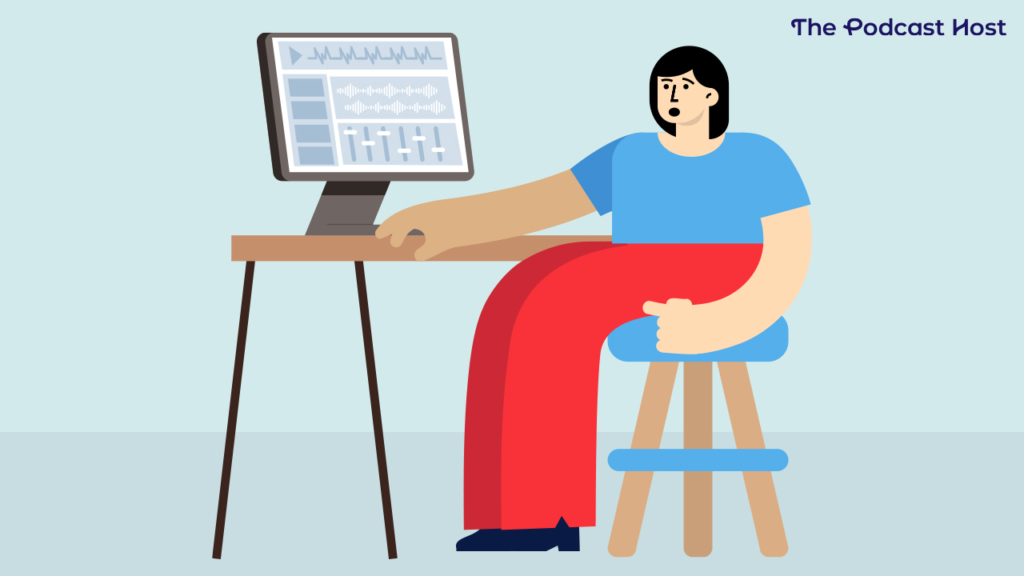
How to Craft an Effective Podcast Call To Action
This isn’t a recipe, but these principles will make it easy to create an effective podcast call to action that your audience can act on quickly.
1. Keep Your Podcast CTA Short.
You’ve already taken their attention away from the content they came for; make your point and get back to the show.
2. Create a Sense of Urgency.
Deadlines and limits provide focus. Don’t just say, “We’re giving away bumper stickers to anyone who takes our survey,” say, “The first ten people to take our survey get a free bumper sticker.” This makes them more likely to respond quickly.
3. Clarity and Simplicity Are Your Friends.
Tell your audience what you want them to do, why, how, and why it’s important. If you make the request too complex, they won’t do it. Which of the following makes more sense? “Click on the link in the show notes to take our five-question survey,” or “Go outside one hour after sunset, face west, and look up into the sky. The first planet you see will be Venus. Now, just above that and slightly to your right…” I’ve already lost you, haven’t I?
4. Describe the Benefits Right Away.
Get the reward for their effort right in the front of the negotiation. It’s not a survey; it’s an opportunity to shape the podcast. It’s not a t-shirt you want them to buy; it’s the softest, most comfortable garment they can ever wrap around their body. Is your e-book two thousand words you pounded out in a caffeine-fueled afternoon via stream of consciousness while you were waiting on hold with the cable company, or is it a recipe for spiritual achievement that’ll turn them into an overnight billionaire? Only you can decide what’s in it for them. Put that up front so they don’t even have to ask, “What’s in it for me?”

5. Put Additional Information or Resources in the Show Notes.
You can also link the show notes to an external blog post. This saves space in your show notes and time in your episode. Plus, you can use a short link with tracking data to measure the impact of your podcast CTA. Shortlinks can be created using a tool like Pretty Links, making them much easier and more memorable to read out on air, too!
6. Ask Questions to Engage Listeners.
They’ll instinctively fill in the blank, which makes them invest more fully in your podcast call to action. Which of the following statements matters to you more?
- “Here’s your chance to shape the future of this podcast,” or
- “Do you want to decide what happens in the next episode?”
Did you notice I asked you a question right at the beginning of that list? You’re welcome.
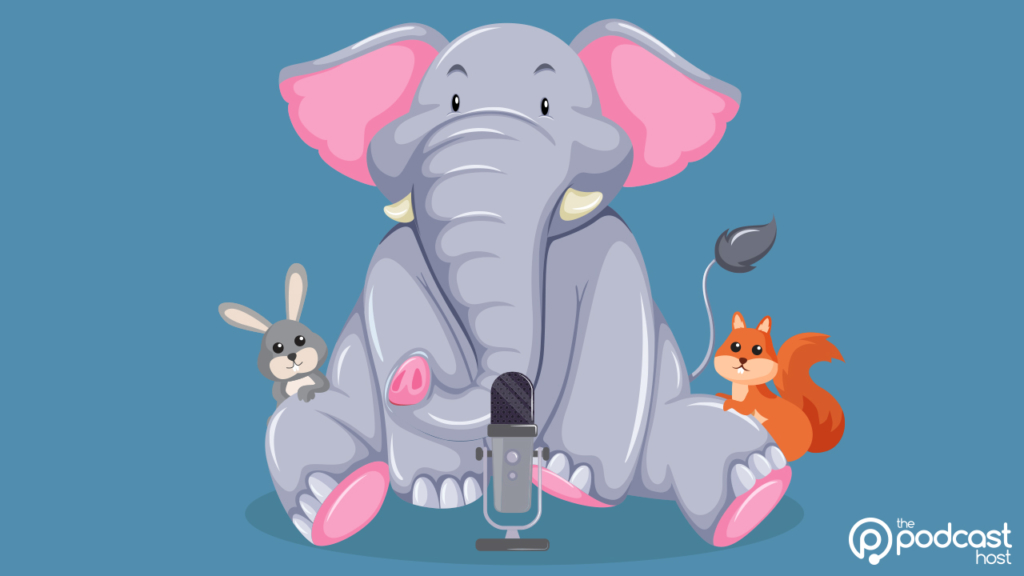
Examples of Good Podcast CTAs
Here are some examples of great podcast CTAs. I’ll break them down for you and show you the primary and secondary CTAs, how they’re used, and why they’re effective.
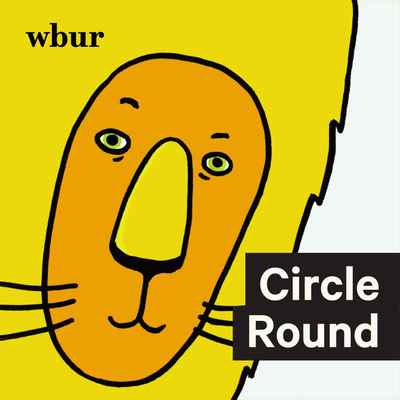
Circle Round
Circle Round, a storytelling podcast for kids and families from WBUR, has excellent examples of primary and secondary calls to action.
For Episode 210, their podcast CTAs were:
- Mentioning their latest picture book and launch party at the introduction.
- At the mid-roll break, they reiterated the picture book, plus live readings and bookstore signing events. All of this directs to the podcast website for more information.
- Right at the end of the story, the host suggests an activity. In this case, the suggestion invites the audience to make a storytelling jar with prompts written on pieces of paper. Participants can pull out pieces of paper and use the prompts to tell a story. This involves the audience in the story’s subtext while it’s fresh in their minds.
- In the credits, the host invites the audience to find the story’s coloring page, directing to the website. Then she mentioned the Circle Round Club, a paid subscription with additional perks.
- At the end of the credits, the host asks for reviews, invites the audience to follow the show on social media, tell a friend, and then thanks the audience for listening.
- At the very end of the show, they play voice messages from the audience. It’s kids saying, “Hello, my name is (name), and I live in (place), and my favourite story is (title).” Sometimes the kids tell why that episode is special for them. At the very end, the host says, “Did someone mention an episode you missed?” and directs the audience to the show archive on the website.
Circle Round’s Primary Call to Action
The primary CTA is woven into each spot. In every CTA, the host mentions the website. Circle Round is a public radio show from member-supported station WBUR. Driving traffic to the website and giving the audience a good reason to support the station is critical to the show’s future. Other facets of the primary podcast CTA are all about participation: sharing the show with a friend, following them on social media, writing a review, coloring in the pictures they provide, engaging in the activity. These messages haven’t changed much over the show’s history. Ultimately, the benefit is community.

Circle Round’s Secondary Call to Action
The host asks a lot of questions around these podcast CTAs. This allows the audience to fill in the blank with their thoughts and feelings. For this particular episode, the host promotes a new picture book based on the show’s content and live events celebrating the book launch. She describes this at the opening and again at mid-roll. The live events not only reward the kids in the audience for being part of the show’s community, but gives the grown-ups a reason to contribute to the radio station. Again, the podcast call to action leads with the benefits (the picture book, the parties) before mentioning what they want the audience to do (visit the website, pre-order the book, attend the event). Other secondary podcast CTAs that Circle Round has used include live performances or stuffed animals for purchase.
Circle Round’s Bonus CTA
Nearly every kid who listens to Circle Round wants to hear their voice on the radio. This bonus CTA is buried in the last minutes of each episode. It’s the benefit to get adults to visit the website, check through the archives, and find out how they can send a voice memo. Voice memos are a great way to incite engagement.
Your Podcast Call To Action Helps Your Audience Support You.
Think of your podcast call to action as an invitation. Give them what’s good about it right away. Keep it simple so they can act on it with a minimum of clicks. Treat it like you’re giving something of yourself. This way, they’ll be more likely to bounce over to your content instead of being distracted and leapfrogging to something else.
Now that you feel more confident and assured about your CTAs, how about giving your podcast intro script a once-over? These two factors can be powerful when combined, and can go a long way towards keeping listeners listening, staying engaged, and driving action.
